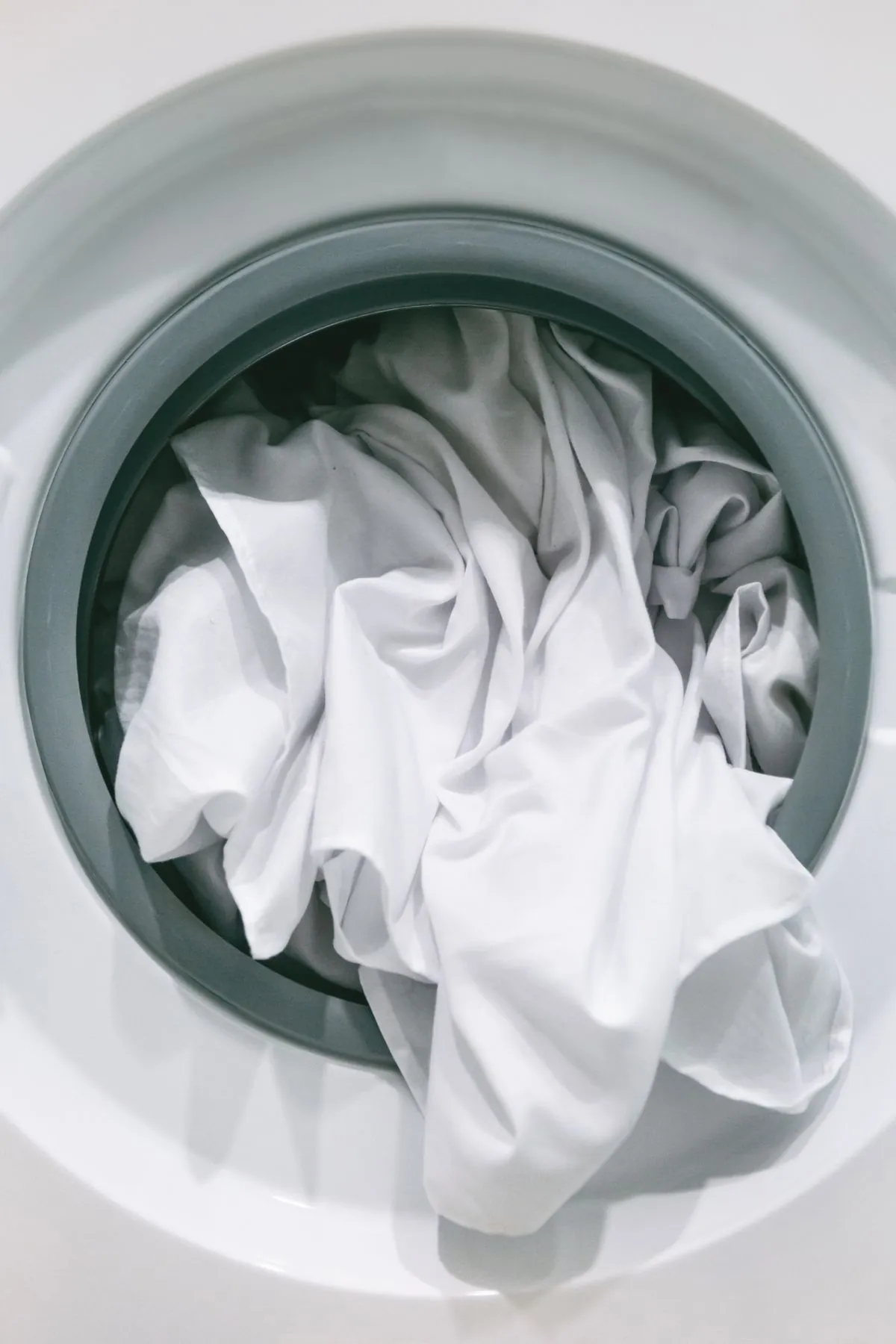How to properly care for bedding: simple tips
Kyiv • UNN
Detailed recommendations for washing and caring for different types of bedding, pillows and blankets. Advice on choosing temperature conditions and drying methods for different fabrics.

Bed linen is not only an element of comfort, but also an important component of healthy sleep. Regular and proper care of it will help to keep it clean, soft and durable.
UNN has collected the basic rules for caring for bedding.
How often should bedding be washed?
Change and wash the bedding at least once a week. In summer or during illness, it is better to do it more often - once every 5 days. You should change the bedding more often if you have pets that sleep on the bed or if you are used to eating in bed.
Wash sheets, pillowcases and duvet covers at 60°C for most fabrics. This is because lower temperatures may not kill all bacteria or remove sweat more effectively.
Scientists have discovered two simple ways to fight fatigue at work27.01.25, 11:40 • 46663 views
Cotton, linen, satin: 40-60°C. These materials can withstand high temperatures, which helps to effectively kill bacteria.
Silk, viscose: 30°C. For delicate fabrics, it is important to use a gentle wash cycle.
Terry bedding: 60°C to maintain softness and fluffiness.
Also, always check the manufacturer's label before washing, as different materials may have special requirements.

Washing your bedding regularly is also great for preventing bed bugs. Changing the sheets regularly will help you spot them, and washing and drying them in a high temperature washing machine can help get rid of them.
But such bedding items as mattress covers or mattress protectors can be washed less frequently: once every 2-3 months is enough.
Most mattress covers can be machine washed with other bedding at a temperature of 40-60 °C.
How to wash pillows and blankets?
Many feather, down and microfiber pillows are machine washable. They should be washed every 4-6 months.
If you are going to machine wash, select the delicate cycle. Washing two cushions at the same time can help to maintain their position in the machine.
Memory foam pillows are not machine washable, but the cover can usually be removed and washed. Covers should be washed twice a year.
A blanket should be washed about 1-2 times a year to keep it fresh. Many duvets can be washed at home, but the best way to wash them will depend on the filling and the size of your washing machine.

If you are worried about damaging your blanket, you can take it to a dry cleaner.
Only wash the blanket in the washing machine if there is sufficient space inside the drum. The blanket should not completely fill the drum, as this will prevent the water and detergent from circulating properly.
For blankets filled with holofiber, synthetic or microfiber: 30-40 °C. Machine wash on the delicate cycle. Then run an extra rinse cycle to remove all soap suds.
For woolen blankets: no higher than 30°C. Machine wash on a gentle cycle is best.
For duvets made of feathers, down, or silk: take them to a dry cleaner for professional cleaning.
How to care for your mattress?
There are no special rules for caring for a mattress, but it is recommended to clean it every 6 months. In addition, it should be periodically turned over, as often indicated in the instructions.
Some mattresses do not require this, so listen to the manufacturer's recommendations.
People with allergies should pay attention to the signs of an allergic reaction (runny nose, itchy eyes, dry throat), as they may be a sign that it is time to clean the mattress.
How to dry bedding correctly?

There are several options for drying bedding: outdoors, indoors, and in a tumble dryer.
Drying in the open air
The ideal way to dry your bedding is to air dry it. Drying your bedding under ultraviolet light (sunlight) will help kill all the microorganisms that live on the sheets.
Indoor drying
If you can't dry your laundry outdoors, indoor drying is another option.
Try to hang your laundry in a well-ventilated area, ideally with open windows and good air circulation.
If you need to hang your bedding over a door, try not to use a closet or wardrobe door, as this can lead to mold in the closet (which will be difficult to clean).
Some experts recommend drying sheets on a radiator, but don't do it - it can lead to fire, mold, and higher heating bills.
Drying in the tumble dryer
A tumble dryer is a good option, but this method may not be suitable for all types of fabrics.
The sheets are most likely machine washable, but check the care label first to make sure this is not the case.
Synthetic, holofiber, or microfiber blankets can be tumble dried (if they are suitable), but be sure to use a cool or air dry setting.
What you can do to improve your sleep: expert advice24.01.24, 00:45 • 52924 views
Avoid tumble drying wool, silk, feather or down comforters as this may cause lumps to form or damage the filling.
A great way to keep your bedding fluffy is to buy dryer balls and put them in the machine before drying.